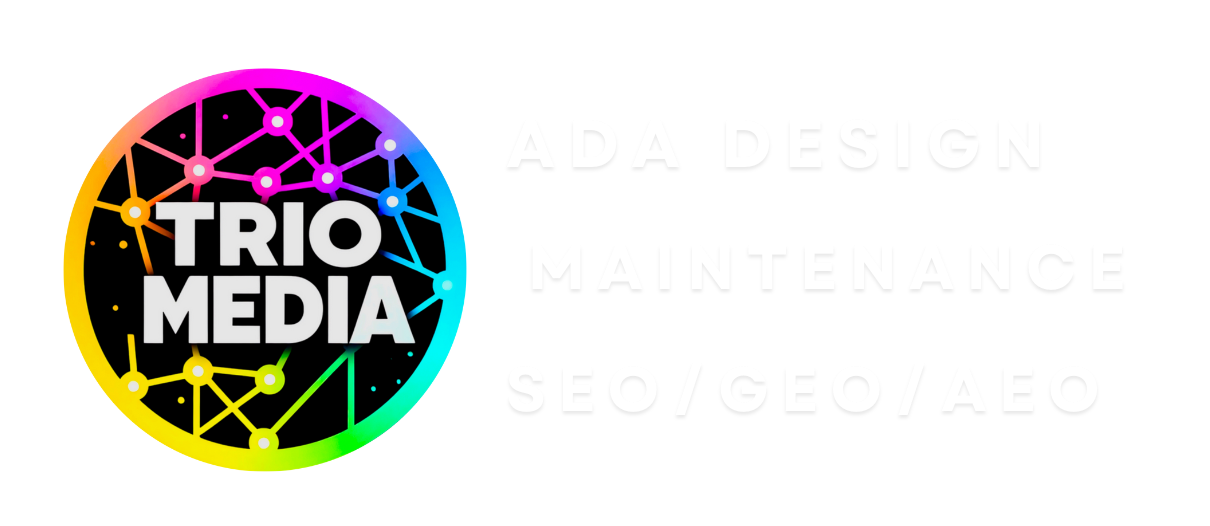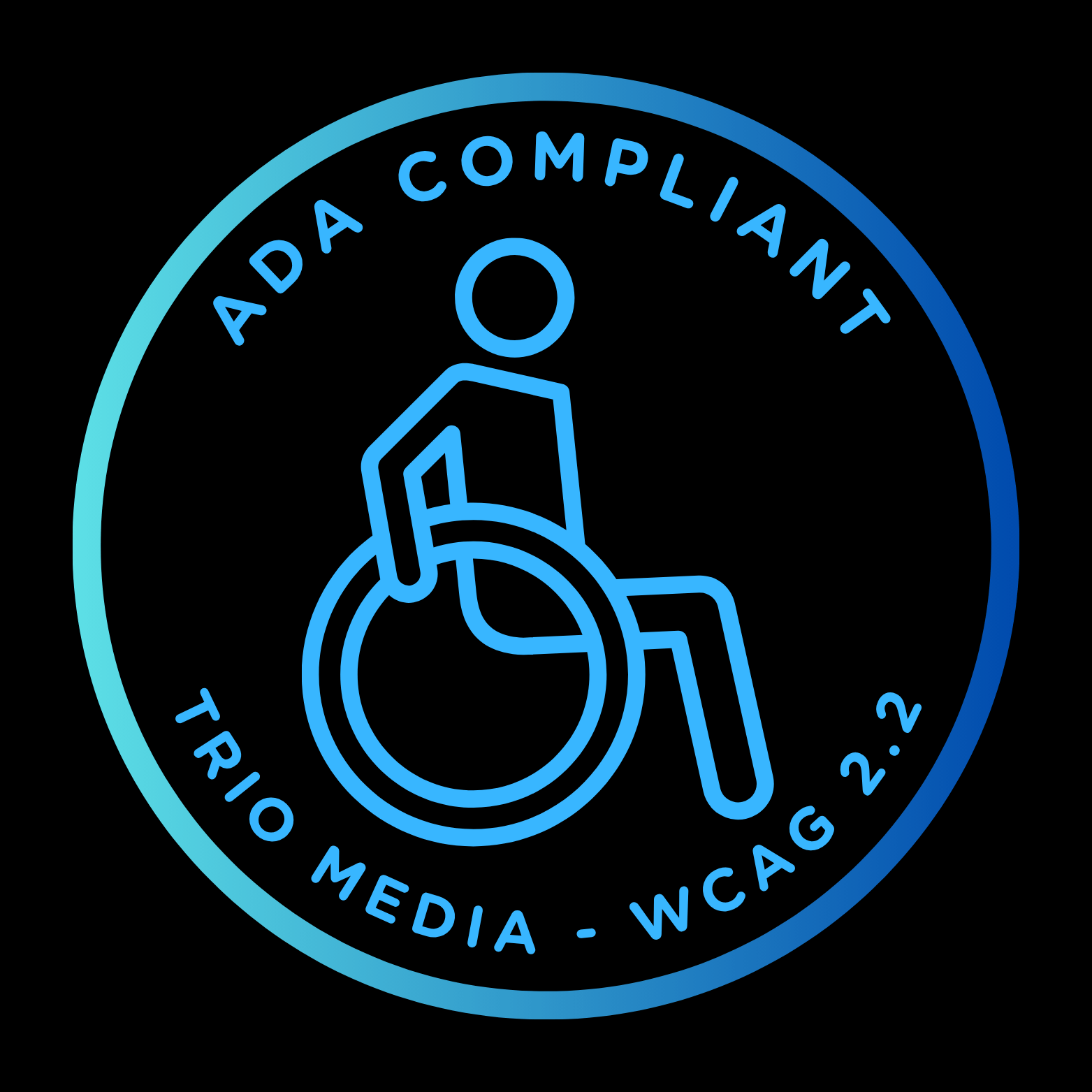Expanded Audience Reach
By making your website accessible to users with disabilities, you open your business to over 61 million Americans who may otherwise be excluded from using your site effectively.
Improved SEO Performance
Many accessibility best practices — like alt text, proper heading structures, and readable content — also improve your search engine rankings.
Better User Experience (UX)
Accessible websites are easier to navigate for all users, leading to longer engagement, lower bounce rates, and increased conversions.
Legal Protection
ADA compliance helps protect your business from lawsuits, fines, and legal claims under the Americans with Disabilities Act and similar state laws.
Future-Proofing Your Website
Web accessibility standards evolve. Investing in ADA compliance now ensures your site can adapt to new legal and technical requirements down the line.
Competitive Advantage
Most websites are not fully accessible — having an ADA-compliant site sets you apart from competitors and shows you’re forward-thinking and customer-focused.
F.A.Q.
Frequently Asked Questions
The Americans with Disabilities Act (ADA), originally passed in 1990, has evolved over time to address the changing landscape of business — including the digital world. The most recent updates in 2016 highlight the importance of web accessibility as a legal and ethical priority.
Achieving ADA compliance for your website isn’t about earning a one-time certificate or official badge. In fact, there’s no formal approval process. Instead, compliance is rooted in due diligence — following the Web Content Accessibility Guidelines (WCAG) and industry best practices to ensure your site is usable by people with a wide range of abilities.
At Trio Media, we help businesses build and maintain websites that meet the WCAG standards, reducing legal risk and demonstrating a commitment to accessibility and inclusion. Proper compliance not only protects your brand— it also improves user experience and expands your reach.
At Trio Media, we keep everything simple as to 1, 2, and 3 for building and updating a website.
1. Onboarding
From day one, you’ll working directly with us, the owners, Chris and My. We will guide you through our seamless onboarding process. Our first priority is to understand your business — its goals, values, and audience. We’ll walk you through the key stages of our web development process, set clear expectations, and gather the essential information we need to build a site that truly represents your brand. This early collaboration lays the groundwork for a successful, results-driven project.
2. Design
Once onboarding is complete, you’ll work directly with our tech lead, My, — your dedicated web designer and developer. She will take the time to understand your business, define your goals, and turn them into a clear development strategy and production timeline. From accessible design to responsive development and ADA compliance, she will handle every step of the process with consistency and care. Your website won’t just look great and perform well —it will also meet key accessibility standards to ensure it’s usable by everyone.
3. Launch
Once the design, development, and content are finalized and approved, We prepare your website for launch. This includes comprehensive testing to ensure it runs smoothly, loads quickly, and performs flawlessly across all devices. we will also ensure the site meets key ADA accessibility standards — making your website inclusive, user-friendly, and aligned with legal compliance requirements.




